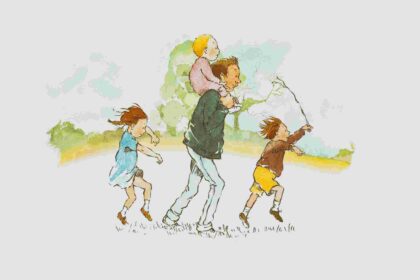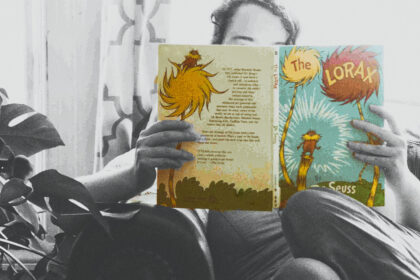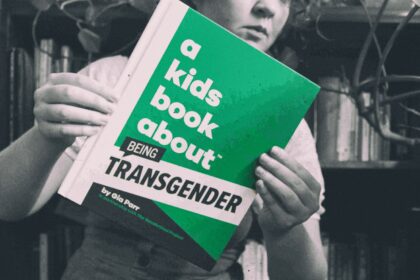Hardly any children’s books have gotten the amount of historical reactions as The Story of Ferdinand by Munro Leaf published in 1936.
Hitler called it “degenerate democratic propaganda” and ordered the book to be burned. In Spain that book was not allowed to be published. On the other hand Gandhi and Eleanor Roosevelt liked the book.
“The Story of Ferdinand” is about a pacifist bull who wants to “sit just quietly under the cork tree and smell the flowers”. He is accidently perceived to be ferocious because of a badly-timed bee sting, and is chosen for the bull fights. Once in the ring, much to everyone’s shock and dismay, Ferdinand cannot be provoked to fight and sits down to smell the flowers even in the middle of the ring.
As the book was published just three months after the start of the Spanish Civil War the book was generally perceived to be a political message, though the author always insisted that wasn’t his intention and that he just wrote a book about a bull because other animals were overused.
Leaf said that Ferdinand’s aversion to violence merely manifested his “good taste and strength of character,” demonstrating that he was “just a superior soul, a philosopher” in a New York Times interview.
The problem with this message is that “there is a time for war and a time for peace” and it isn’t morally virtuous to be peaceful in every situation.
In 1938 Hitler had annexed Austria and had promised to invade Czechoslovakia. Neville Chamberlain, a man who loved flowers and an avid bird watcher and a man who loved peace, in an attempt to placate Hitler, agreed to cede parts of Czechoslovakia for the agreement that reaffirmed “the desire of our two peoples never to go to war with one another again.”
As he stood before the jubilant crowd he said “My good friends, this is the second time in our history that there has come back from Germany to Downing Street peace with honor. I believe it is peace for our time.”
Neville Chamberlain lived up to the morals of The Story of Ferdinand but ultimately he failed. The peace, bought by selling out Czechoslovakia, only lasted for eleven short months.
Conflict is necessary and it’s hard. Knowing which fights need to be fought and which need to be avoided is really difficult. But people who avoid all fights end up being a doormat in personal relationships and spinelessly bow to peer pressure in the public sphere.
In traditional children’s stories heroes fight evil and that’s what should be taught to children because there is evil in the world that they will have to face and fight.
We fight evil
The moral of The Story of Ferdinand is not only simplistic, it’s simplistic and wrong. People who avoid conflict aren’t morally “superior”– they become useless to themselves and others.
We need to teach children to fight the good fight, to fight for the truth, to fight to protect their family and country, to fight to protect those who are truly oppressed.
Teaching children that they need to avoid conflict is wrong because we don’t want our children growing up into mini Neville Chamberlains. We don’t want children who cede ground to evil rather than fight. So avoid The Story of Ferdinand and find instead stories that teach us to be brave.





